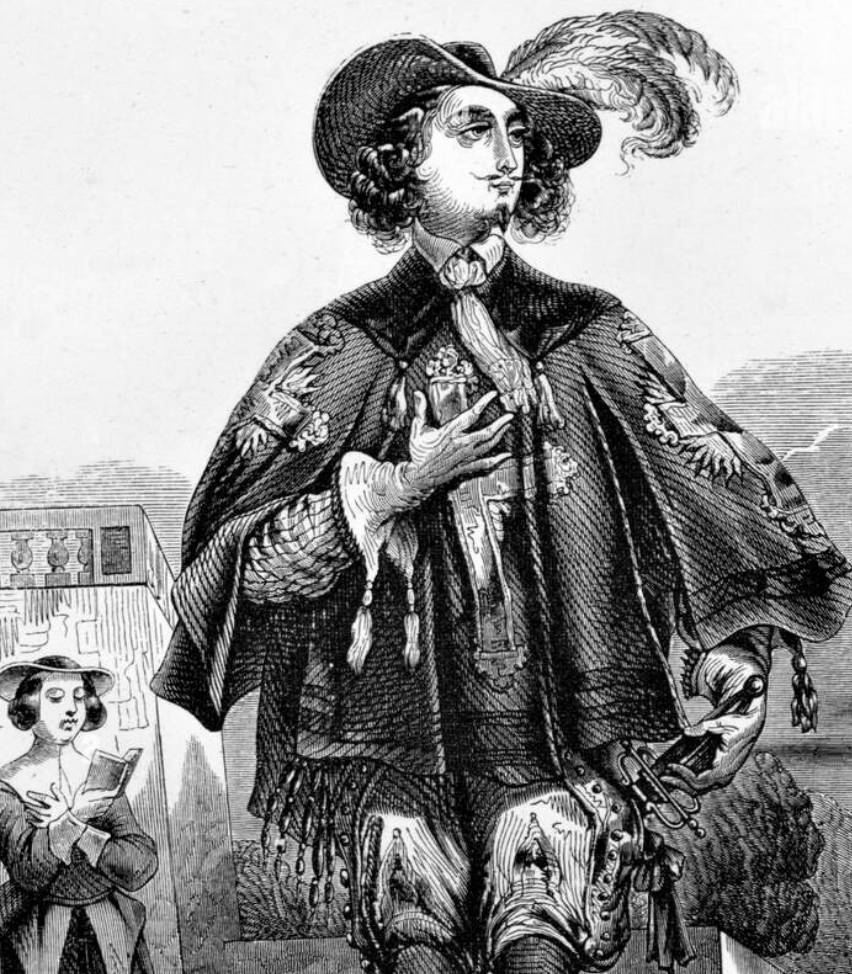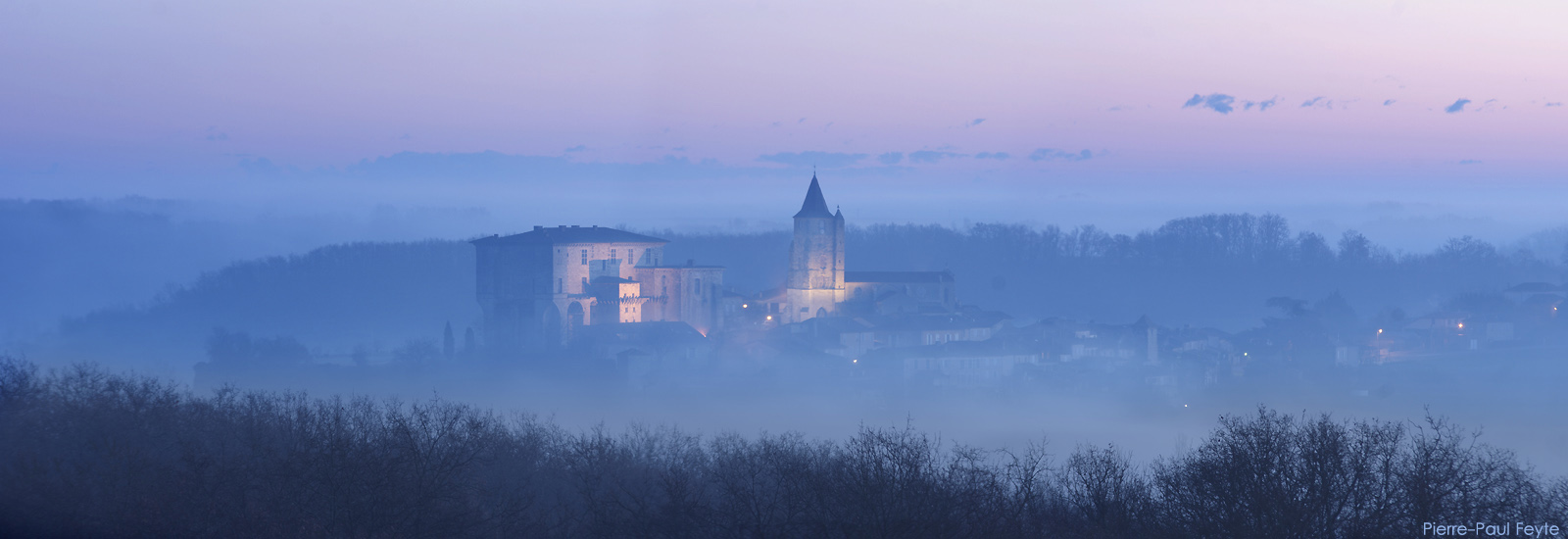Henry d’Aramitz (Aramis)
c. 1620–1673/1675
Born around 1620, Henry d’Aramitz took his name from a domain in the Barétous valley of Béarn (also the birthplace of the Portau family). He came from a military nobility; his grandfather Pierre d’Aramitz—a Huguenot who distinguished himself during the Wars of Religion—had three children. Among them, his daughter Marie married Jean du Peyrer, mother of the future Count of Tréville, and his son Charles married Catherine d’Espalungue and was Henry’s father.
Little is known about Henry’s military career, except that he reportedly served fifteen years in the King’s troops. He remained with the Musketeers until their dissolution in 1646. Later, he returned to Béarn, where he succeeded his father as lay abbot of the Barétous valley. In 1650, he married Jeanne de Béarn-Bonasse, with whom he had two sons and two daughters. Although his death certificate is missing, scholars generally date his death between 1673 and 1675.
Dumas'world
In Alexandre Dumas’ The Three Musketeers, Aramis joins the Musketeers alongside Athos in May 1644. In The Vicomte de Bragelonne, the most charming Musketeer, close to Nicolas Fouquet (the superintendent of finances), becomes Bishop of Vannes and later general of the Jesuits.
Isaac de Portau (Porthos)
1617 – ?
Born in Pau and baptized there on February 2, 1617, Isaac de Portau’s family came from Audaux near Navarrenx. His father was a notable figure, a notary at the Estates of Béarn who gained nobility by purchasing seigneuries. A widower and father of a daughter, he remarried Anne d’Arrac de Gan, daughter of a Protestant pastor.
Isaac joined the regiment of the French Guards as a cadet-gentleman in the Essarts company and remained until October 1642. Likely wounded in battle, he retired from active service in 1650. Subsequently, he became the ammunition keeper for the fortress of Navarrenx, a post granted by his brother Jean. The date of his death is unknown, but tradition associates him with a manor in Lanne-en-Barétous (also the homeland of the Aramitz family).
Dumas'world
In Alexandre Dumas’ novel, after the siege of La Rochelle, the friendly Béarnais giant leaves the King’s Musketeers, marries, and becomes Baron of Bracieux and Pierrefonds. In The Vicomte de Bragelonne the lively Porthos dies crushed under huge rocks during the assault on Belle-Île-en-Mer.
Armand de Sillègue d’Athos d’Autebielle (Athos)
c. 1615/1620 – 1643/1645
Athos is believed to derive his name from the village of Athos-Aspis, located on the Gave d’Oloron river, near Sauveterre-de-Béarn.
At the beginning of the 17th century Adrien de Sillègue, lord of Athos and Autebielle, married a young lady from the Peyré family, a first cousin of the Count of Troisvilles. From this union were born two sons, including Armand, the younger, who was likely born between 1615 and 1620.
He joined the King’s Musketeers thanks to his distant cousin Tréville in the early 1640s and died tragically on 21 December 1643 or 1645, at the Pré-aux-Clercs in Paris, a well-known meeting place for duelists. His burial record appears in the register of the Saint-Sulpice church in Paris.
Dumas'world
In the novel The Three Musketeers, Athos is the eldest of the four main protagonists, aged 30. He is the Count of La Fère and was married to a woman known successively as Anne de Breuil or Milady de Winter, with whom he had a son — the famous Vicomte de Bragelonne. In the novel Athos belongs to three prestigious orders of knighthood (the Order of the Garter, the Order of the Holy Spirit and the Order of the Golden Fleece). Alexandre Dumas depicts his death in 1672.





 dernier accès à la billetterie 1 heure avant la fermeture (afin de vous laisser un temps de visite confortable).
dernier accès à la billetterie 1 heure avant la fermeture (afin de vous laisser un temps de visite confortable).